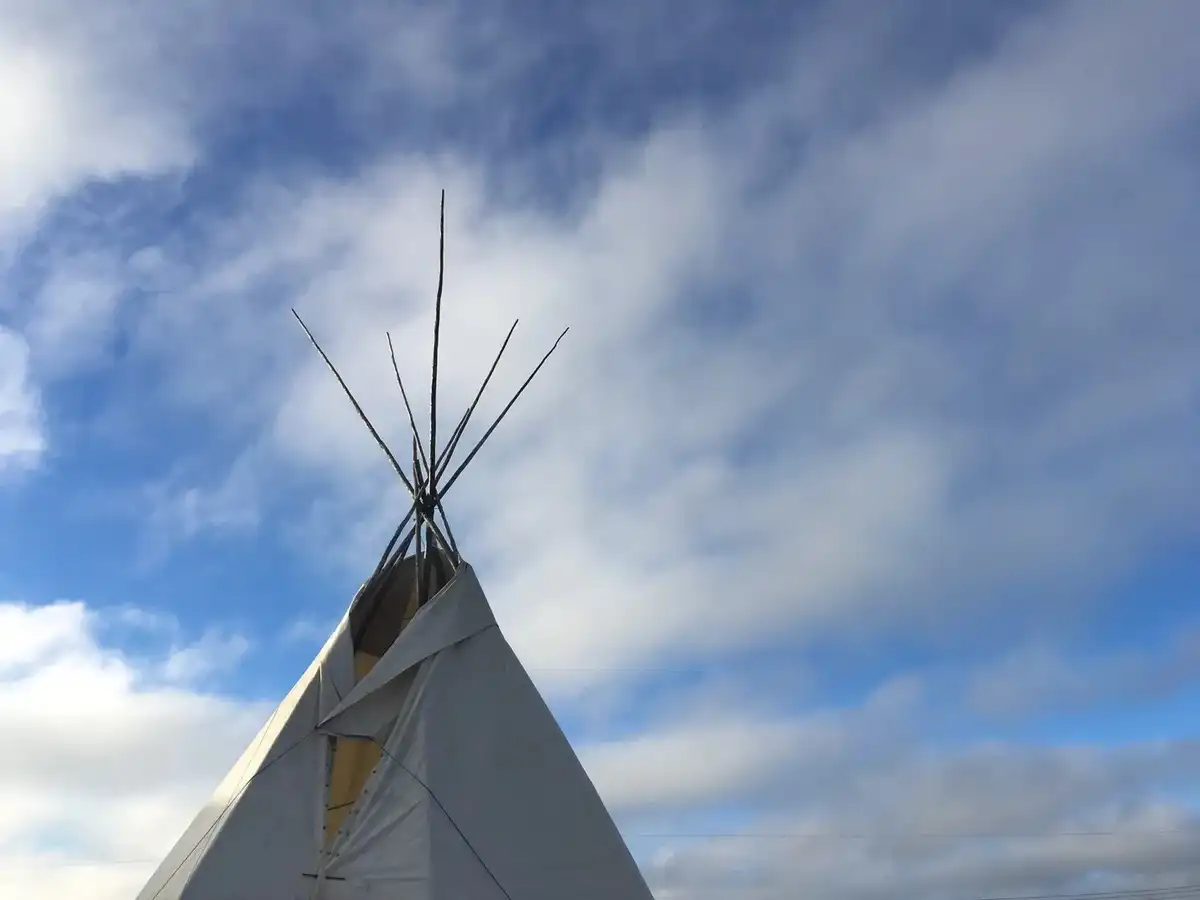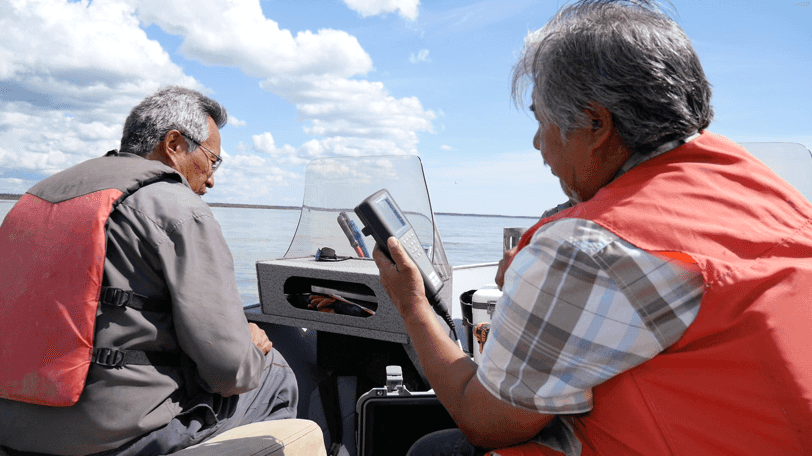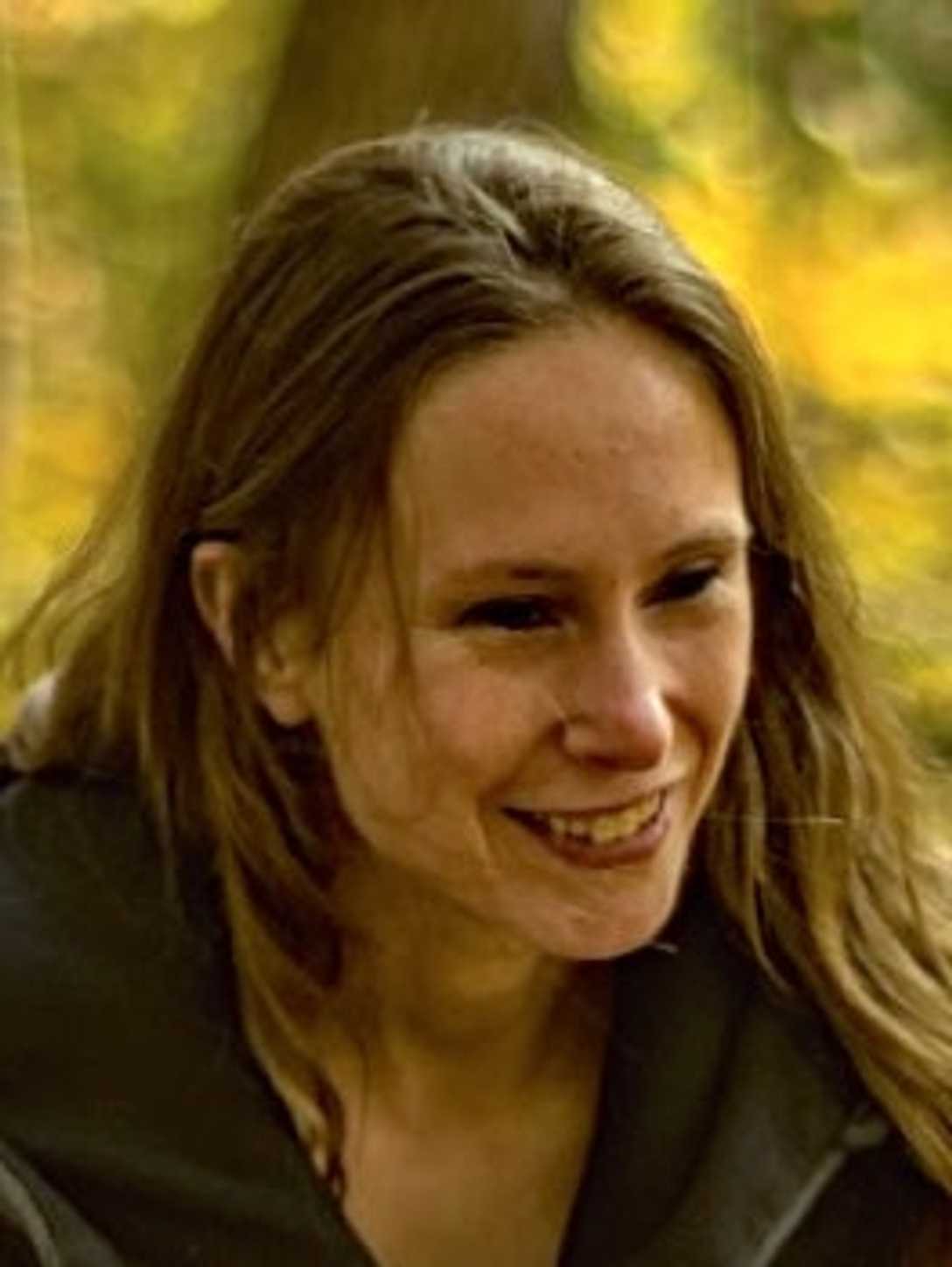
NWT-wide CBM program celebrates 10 years of strengthening water stewardship
By Lindsay Day
December 21, 2021
The success of the Northwest Territories-wide community-based monitoring (NWT-wide CBM) program is a testament to the power of collaboration in action. Running for a decade now, the program has grown to include 21 communities that collect water quality data from over 40 monitoring sites across the territory.
The program is coordinated by the Government of the Northwest Territories, Environment and Natural Resources and delivered in collaboration with community partners. Ultimately, the aim is to provide local monitors with the skills and knowledge so that communities can coordinate and undertake local water monitoring on an independent basis – a core goal of the NWT Water Stewardship Strategy and a direction reaffirmed by Indigenous leadership at regional meetings.

Dehcho K’ehodi Guardians use a YSI to measure pH, dissolved oxygen and temperature as part of the NWT-wide CBM program.
“We’ve been working with the [NWT-wide] CBM program since the beginning and it really is a true partnership,” says Mike Low, coordinator for Dehcho-AAROM (Aboriginal Aquatic Resources and Ocean Management), a program that facilitates community-based water monitoring in the Dehcho region and is run through the Dehcho First Nations Office.
The NWT-wide CBM program provides several supports, including training, equipment, funds and expertise. For example, monitoring protocols have been developed, water samples are analyzed through Taiga labs for 75+ different parameters, and the monitoring results are shared on Mackenzie DataStream. Environment and Natural Resources staff are also on hand to help answer questions from community members.
In recent years, Dehcho AAROM began working closely with the Dehcho K’ehodi Stewardship program to build and expand the Dehcho Guardians Program. “With the training and equipment provided [by the NWT-wide CBM program], the Dehcho Guardians program has been able to flourish and we’ve been able to take on numerous different projects which really build our program up,” explains Low.
“A big part of that is thanks to the NWT-wide CBM program and water strategy in general. I don’t think our program would be where it’s at today without it.”
You can check out the NWT-wide CBM program dataset on DataStream here:

About the Author
Lindsay Day joined the Gordon Foundation in 2017 and is currently the Program Manager for DataStream. In this role she works with communities, governments, researchers and other collaborators to continually grow and improve DataStream, an online open-access platform for sharing water quality data in Canada. Lindsay has a background in health and science communications, and is passionate about working with others to improve how we live with, and care for, water in Canada.
Lindsay can be reached at lindsay@datastream.org.
Five things you may not know about the Mackenzie River
On World Rivers Day, we’re highlighting the majestic Mackenzie River. So, here are five facts to help you get to know the Mackenzie River.
The results are in! DataStream's 2023 external evaluation
We asked for your feedback, and you delivered! DataStream is pleased to share the results of our 2023 external evaluation.
Job Posting: Executive Director
The Executive Director (ED) will play a pivotal role in leading DataStream at an exciting time of growth.


